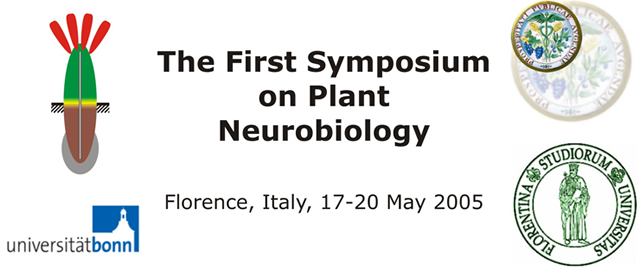Although the endomembrane system is well conserved among all
eukaryotic cells, the plant endomembrane system also has unique features. In mammals and yeast, each cell has
only one type of vacuole, whereas plant cells possess two-types of functionally different vacuoles, a lytic
vacuole and a protein storage vacuole. The lytic vacuole is comparable to the mammalian lysosome and the yeast
vacuole with an acidic pH of inside of the compartment, while protein storage vacuole is the specialized
vacuoles having the capacity to store proteins in seed or vegetative cells. Therefore, protein sorting in
plant cells is likely to be more complicated than other eukaryotes because two separate pathways diverge from
the Golgi apparatus or plasma membrane to two different vacuole destinations.
In all eucaryotic cells,
specific vesicle fusion during vesicular transport is mediated by membrane-associated proteins called SNAREs (
soluble N-ethyl-maleimide sensitive factor attachment protein receptors). In the Arabidopsis genome,
54 SNARE and 57 Rab GTPase genes have been identified. These numbers are greater than those of yeast and
mammalians, indicating the complexity of the plant endomembrane system. SNAREs and Rab GTPase are necessary
for plant-unique higher order physiological function, suggesting that plants have adopted the membrane
trafficking system to plant specific phenomenon.
A series of transient expression assays using green
fluorescent protein (GFP) fused proteins revealed that most of SNARE proteins were located on specific
intracellular compartments: 6 in the endoplasmic reticulum, 9 in the Golgi apparatus, 4 in the
trans-Golgi network (TGN), 2 in endosomes, 17 on the plasma membrane, 7 in both the prevacuolar
compartment (PVC) and vacuoles, 2 in TGN/PVC/vacuoles, and 1 in TGN/PVC/plasma membrane. S ome SNARE proteins
showed multiple localization patterns in two or more different organelles, suggesting that these SNAREs
shuttle between the organelles. Furthermore, the SYP41/SYP61-residing compartment, which we define as the TGN,
was not always located along with the Golgi apparatus, suggesting that this compartment is an independent
organelle distinct from the Golgi apparatus. We will discuss possible combinations of SNARE proteins on all
subcellular compartments, and suggest the complexity of the post-Golgi membrane traffic in higher plant
cells. |

